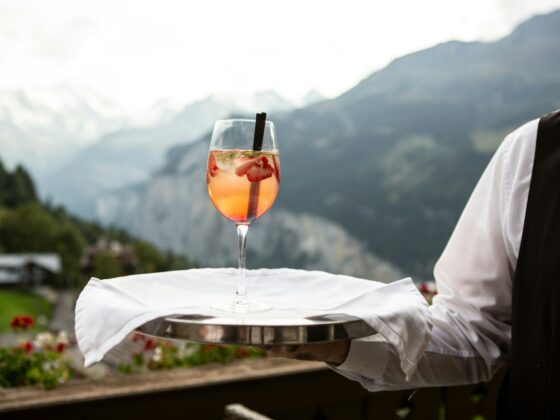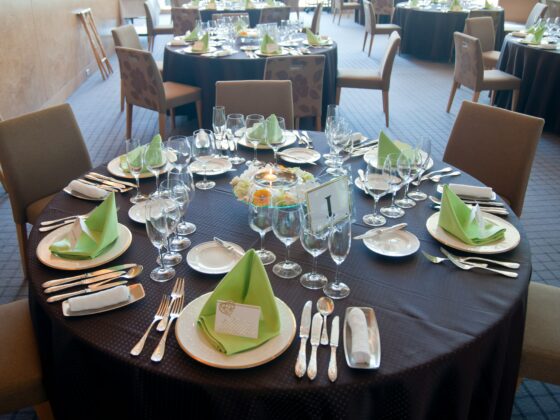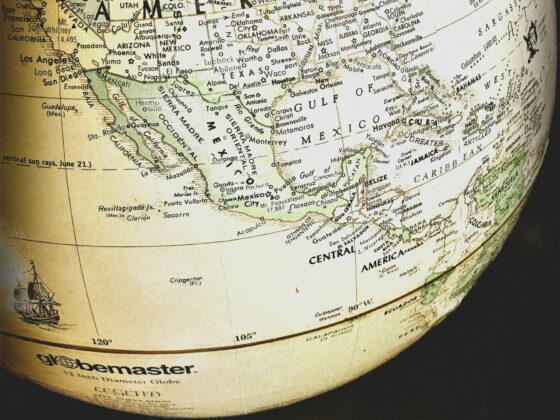Theme parks, long regarded as daytime entertainment venues, have undergone a profound transformation, becoming genuine tourist destinations in their own right. Their evolution is no longer confined to offering simple attractions, but now includes increasingly sophisticated hotel infrastructures, making it possible to extend the length of stays and win the loyalty of an increasingly demanding clientele. In a fiercely competitive environment, industry giants such as Disneyland Paris and Europa Park have established themselves as key players in European tourism, contributing to the attractiveness of their regions while generating considerable revenues.
While theme parks have long been a one-day destination, their expansion and the expansion of their hotel offer have considerably lengthened the length of stay for visitors. We’ve gone from one day to a weekend, and even longer for the sector’s behemoths, such as Disney.
This change is clearly reflected in the evolution of their names. The iconic California park of the American tooth fairy is now called Disneyland Resort, and Europa Park has been renamed Europa Park Resort.
European theme parks at peak performance
Despite declining purchasing power, visitors are far from deserting the aisles of theme parks. According to Eurostat data, European households spend an average of €3,000 a year on leisure activities, making it the 4th largest item of expenditure after rent, food and transport.
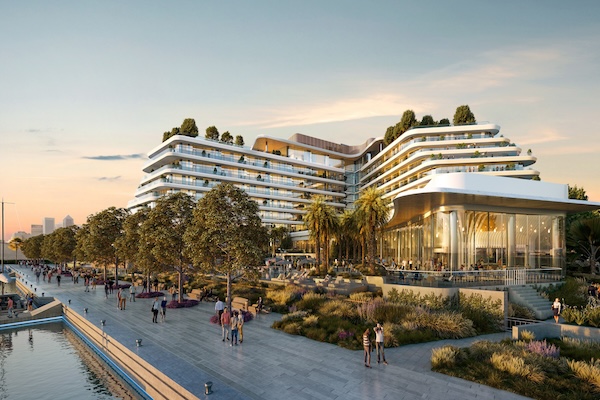
A survey conducted by the BPCE mutual banking group shows that the French are cutting back on food purchases in order to spend more on restaurants and travel. This trend clearly illustrates people’s appetite for leisure outings despite the gloomy economic climate, and is reflected in the performance of Europe’s theme parks.
Disneyland Paris, Europe’s top tourist destination
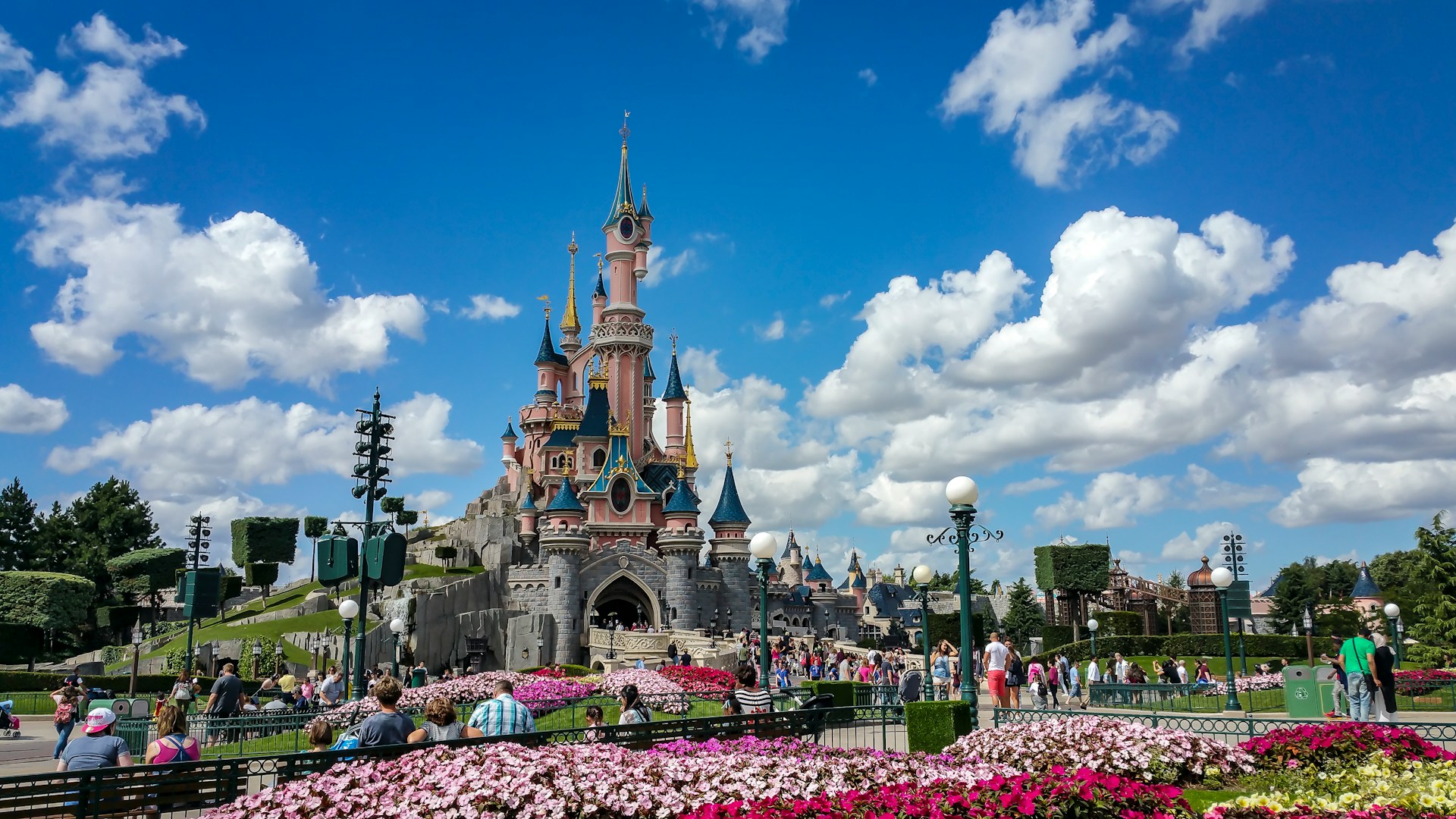
Unsurprisingly, Disneyland Park retains its leading position, with 10.4 million visitors in 2023. This figure rises to over 16 million when Walt Disney Studios Park (5.7 million visitors) is added, taking third place behind Europa Park.
The Paris-based park also posted historic financial results for the 2022/2023 financial year, with record sales of €2,256 million. This represents a significant 27.4% increase in sales, as Disneyland Paris continued to celebrate its 30th anniversary. Despite the increase in operating expenses, the Group’s net profit for the year was 161 million euros, compared with 47 million euros the previous year.
And this momentum continues into the following year, with sales up 3.7% to 2,445 million euros. However, operating income will fall slightly, from 175 million euros in 2023 to 140 million euros in 2024. This decline can be attributed to the staging of the Olympic and Paralympic Games, which had a negative impact on visitor numbers to the Paris region as a whole.
A temporary dip in the park’s operating results, which should rebound this year with the opening of World Premiere in May 2025. World Premiere is the revival of Walt Disney Studios Park, with a major expansion project that should bring Disney slowly but surely closer to the symbolic 20 million visitor mark.
Europa Park and Efteling make Central Europe shine
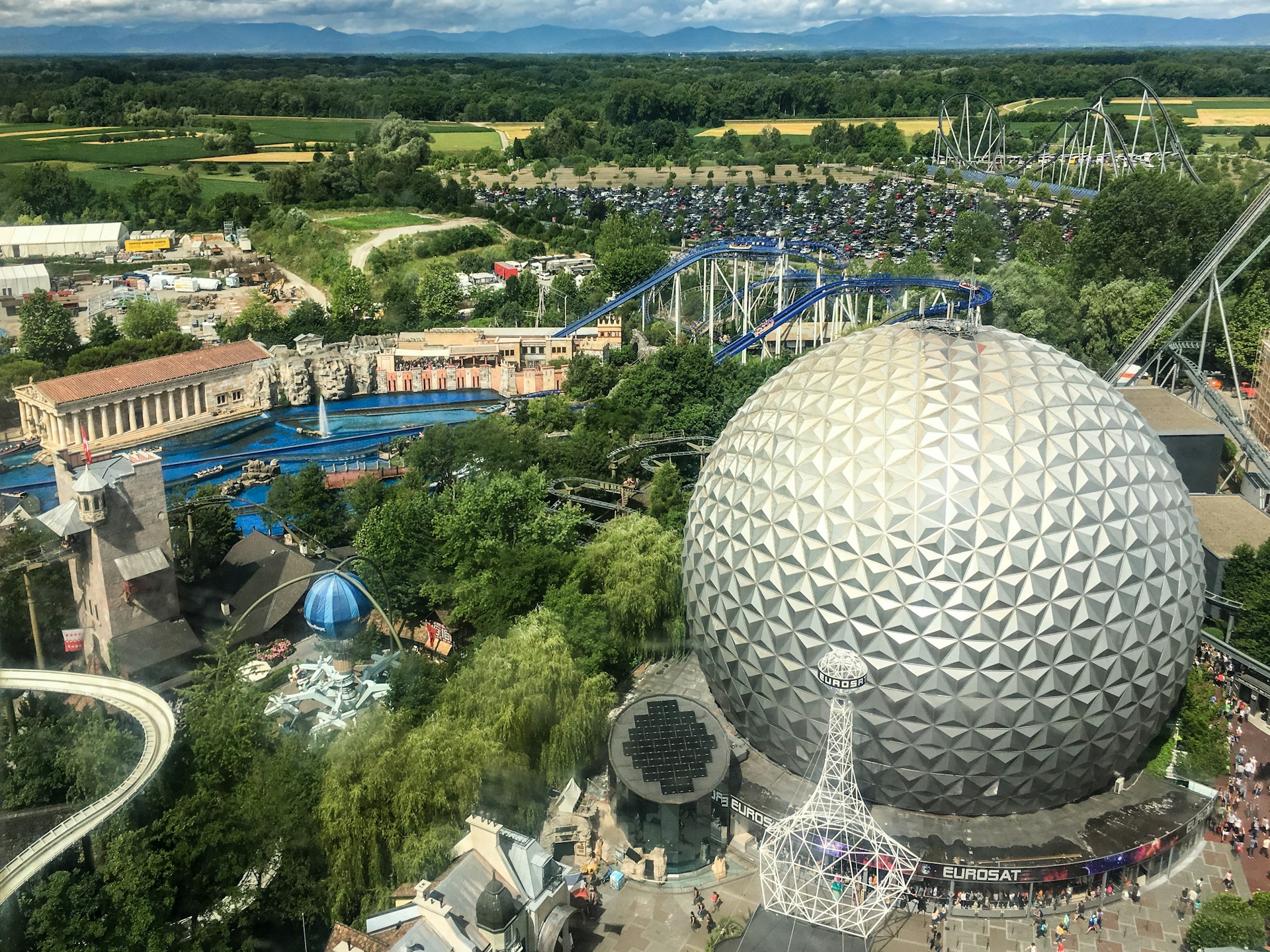
In terms of visitor numbers, Germany’s Europa Park is creeping up between the two parks in the Paris region, reaching the 6 million visitor mark by 2023. The park has held second place since 2013, and is determined to hold on to this position with the many new features it has recently unveiled, including several brand-new attractions and new districts.
Like its French neighbor, Europa Park is set to achieve record financial results in 2023. Indeed, the park’s sales exceeded 1 billion euros for the 2023/2024 season. The Rust-based theme park generated 896 million euros, while the Rulantica water park, based in Alsace, generated 156 million euros.
The park also aims to reduce its operating costs by installing 20 hectares of photovoltaic panels. This project required an initial investment of 30 million euros, but should prove profitable in the long term, with the ambition of producing 25 GWH of renewable electricity per year to support its energy independence.
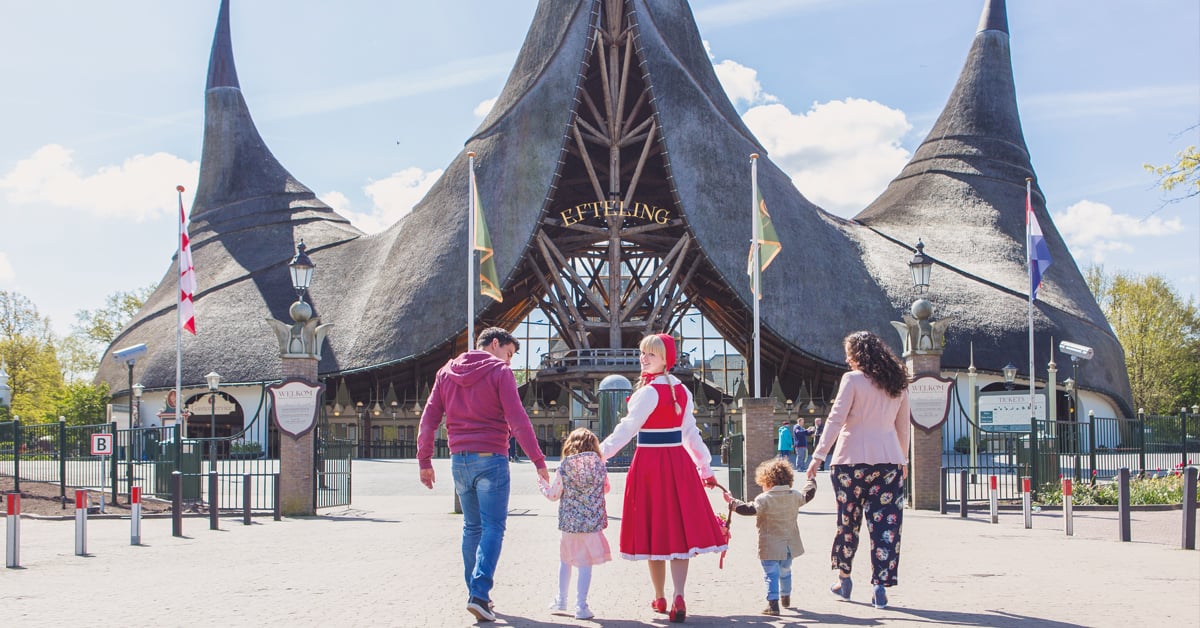
Efteling is not far behind, with 5.56 million visitors in 2023 and 5.6 million the following year. This progressive growth in visitor numbers has enabled the Dutch park to post sales of 300 million euros in 2024, with net operating income of 36.8 million euros.
“We can look back on a fantastic year, culminating in the opening of Danse Macabre. […] The fact that we were able to welcome more international visitors for the second year running reinforces our confidence in the future. We are achieving sufficient results not only to improve the Efteling, but also to maintain our heritage and invest in nature.” – Fons Jurgen, Efteling CEO
Compagnie des Alpes supported by theme parks
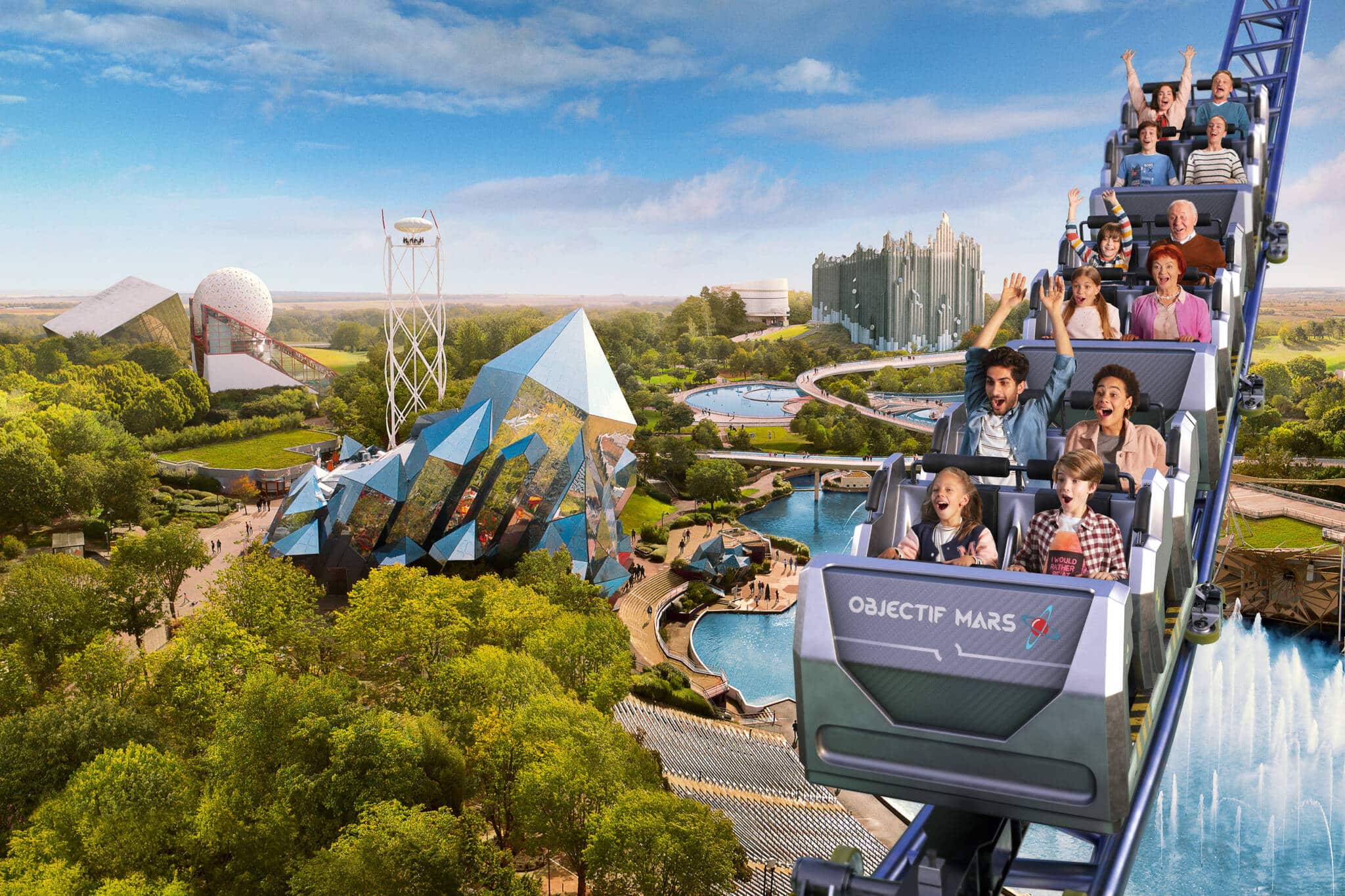
It’s impossible to talk about this subject without mentioning Compagnie des Alpes, one of Europe’s leading theme park operators, with a total of 9 sites in France, Belgium, Germany, Austria and the Netherlands. Two of its theme parks are also ranked among the top European theme parks in terms of visitor numbers.
Parc Astérix will welcome 2.8 million visitors in 2023, a record figure for the park, which moves up the rankings to 8th place. Futuroscope remained in 16th place that year, with 1.97 million visitors. However, the Poitou-based park will pass the symbolic 2 million visitor mark in 2024.
Compagnie des Alpes’ dynamism is reflected in its growing financial results. Indeed, the company’s theme park division saw its sales increase by 8.4% over the 2023/2024 financial year to 570.1 million euros.
This performance is all the more remarkable when compared with the 552.8 million euros generated by the Ski Areas and Outdoor Activities division. This is the first time that the theme park division has been more profitable than Compagnie des Alpes’ ski and outdoor activities, attesting to the importance of this sector in today’s tourism industry.
This significant rise in Group sales is mainly due to the increase in average spending per visitor (+5.2%), while attendance at all the Group’s parks rose by 0.4%. Business was particularly brisk in August, with several attendance records.
While Compagnie des Alpes does not provide park-by-park details, it does highlight double-digit growth at Futuroscope, “underpinned by the immediate success of Aquascope, its new water park inaugurated on July 15, and by the successful launch of its new Futuroscope Xperiences brand platform”. At the same time, “Parc Astérix benefited from the marketing initiatives implemented to celebrate its 35th anniversary”.
In the next part of this analysis, we’ll look at a key aspect of this transformation: the development of the hotel offer within theme parks themselves, but also the emergence of new dynamics with the concentration of major hotel brands nearby. This phenomenon, driven by the upmarket nature of the infrastructure, illustrates the ambition of theme parks to diversify their offer and move from being day-visit sites to real resorts.


